Manuale Vango Lumen V 600XL Tenda
Hai bisogno di un manuale per il tuo Vango Lumen V 600XL Tenda? Di seguito è possibile visualizzare e scaricare gratuitamente il manuale in PDF in italiano. Questo prodotto attualmente ha 7 domande frequenti, 0 commenti e ha 0 voti. Se questo non è il manuale che desideri, contattaci.
Il tuo prodotto è difettoso e il manuale non fornisce alcuna soluzione? Rivolgiti a un Repair Café per il servizio di riparazione gratuita.
Manuale
Loading…


Loading…
Valutazione
Facci sapere che cosa pensi della Vango Lumen V 600XL Tenda valutando il prodotto. Vuoi condividere la tua esperienze con questo prodotto o porre una domanda? Ti preghiamo di lasciare un commento al fondo della pagina.Maggiori informazioni su questo manuale
Comprendiamo che sia bello avere un manuale cartaceo per i tuoi Vango Lumen V 600XL Tenda. Puoi sempre scaricare il manuale dal nostro sito web e stamparlo tu stesso. Se desideri avere un manuale originale, ti consigliamo di contattare Vango. Potrebbero essere in grado di fornire un manuale originale. Stai cercando il manuale del tuo Vango Lumen V 600XL Tenda in un'altra lingua? Scegli la tua lingua preferita sulla nostra home page e cerca il numero del modello per vedere se è disponibile.
Specifiche
| Marca | Vango |
| Modello | Lumen V 600XL |
| Categoria | Tende |
| Tipo di file | |
| Dimensione del file | 0.17 MB |
Tutti i manuali per Vango Tende
Altri manuali di Tende
Domande frequenti su Vango Lumen V 600XL Tenda
Il nostro team di supporto cerca informazioni utili sul prodotto e risposte alle domande più frequenti. Se trovi un’inesattezza nelle nostre domande frequenti, ti preghiamo di farcelo sapere utilizzando il nostro modulo di contatto.
Posso conservare la tenda quando è umida? Verificato
Solo per periodi molto brevi. Se una tenda viene consevata quando è umida, può ammuffirsi, il che è dannoso per la tenda e con possibili effetti nocivi per la salute.
È stato utile (384) Per saperne di piùCome si impregna una tenda? Verificato
Piantare la tenda, pulire il tessuto e lasciar asciugare. Applicare l’agente impregnante sul tessuto con uno spruzzino, con un pennello o un rullo. Il tessuto deve essere completamente saturo dell’agente impregnante. Effettuare lo stesso trattamento anche all’interno della tenda. Pulire accuratamente eventuali finestre con un panno umido. Non lasciarvi asciugare l’agente impregnante. Lasciare asciugare completamente la tenda. Ripetere il trattamento se necessario.
È stato utile (285) Per saperne di piùPosso riparare da solo uno strappo o un buco sul tessuto della tenda? Verificato
Esistono degli appositi patch adesivi in tessuto per le tende sintetiche. Incollare un patch su ciascun lato del buco o dello strappo. Per le tende in cotone o in materiale misto si consiglia di utilizzare patch da stirare In questo caso sarà necessario un ferro da stiro.
È stato utile (218) Per saperne di piùNon riesco ad aprire la zip della tenda, cosa devo fare? Verificato
Quando una zip si inceppa, si consiglia di utilizzare uno spray PTFE o al silicone. Non utilizzare lo spray sul tessuto e applicarlo preventivamente per evitare problemi in futuro.
È stato utile (156) Per saperne di piùAll’interno della tenda ci sono delle goccioline, significa che c’è una perdita? Verificato
No, probabilmente è solo condensa. Assicurarsi che la tenda sia ventilata correttamente per ridurre al minimo la condensa.
È stato utile (129) Per saperne di piùChe picchetti per tende si consiglia di utilizzare a seconda dei terreni? Verificato
Sull’erba e sui terreni boschivi si consiglia di utilizzare picchetti semicircolari o in plastica. Sui terreni rocciosi si consiglia di utilizzare picchetti per roccia. Su terreni rocciosi si consiglia di utilizzare picchetti semicircolari, in plastica o universali. Sui terreni ghiaiosi si consiglia di utilizzare picchetti semicircolari o universali e sulla sabbia picchetti in legno.
È stato utile (105) Per saperne di piùL’agente impregnante lascia un alone o delle macchie bianche sulla tenda, cosa posso fare? Verificato
Se l’agente lascia un alone o delle macchie bianche sul tessuto, significa che si è applicato più prodotto in queste zone. Non è dannoso e le macchie scompaiono di solito con il tempo. Si sconsiglia di utilizzare meno agente impregnante per evitare la formazione di macchie. Il tessuto deve essere completamente saturo dell’agente impregnante per un buon risultato.
È stato utile (97) Per saperne di più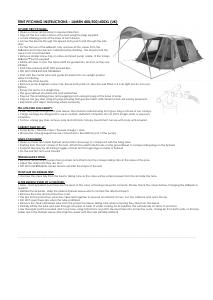

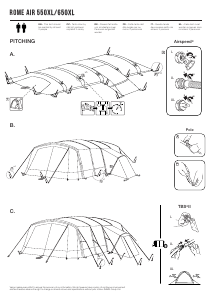
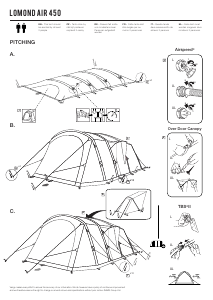
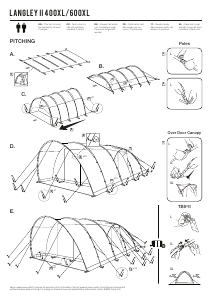
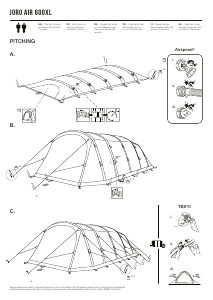
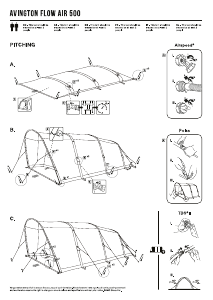
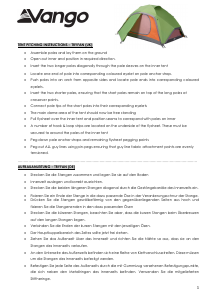
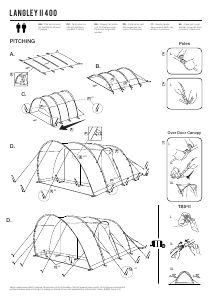
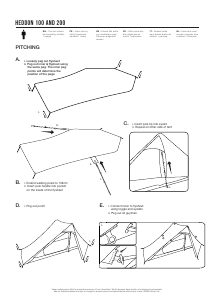
Partecipa alla conversazione su questo prodotto
Qui puoi condividere cosa pensi di Vango Lumen V 600XL Tenda. Se hai una domanda, leggi prima attentamente il manuale. La richiesta di un manuale può essere effettuata utilizzando il nostro modulo di contatto.